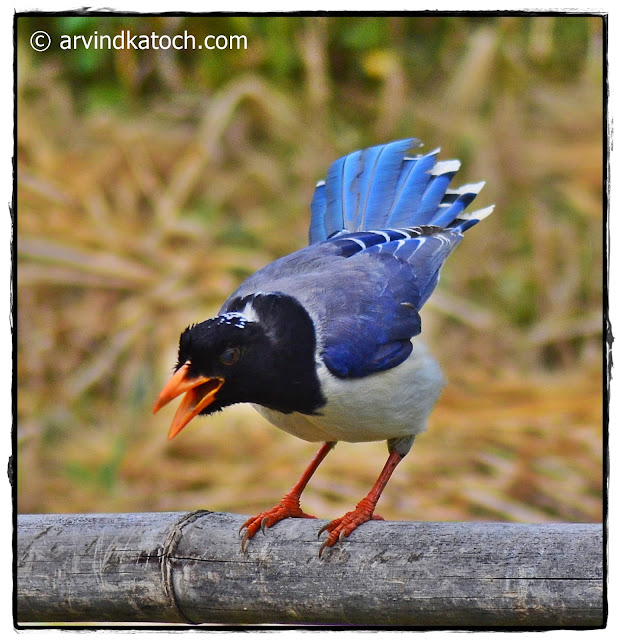Indian Grey Hornbill Pictures and Detail (Ocyceros birostris) A Shy Grey Bird

Pair of Indian Grey Hornbill Birds Indian Grey Hornbill Pictures and Detail (Ocyceros birostris) Indian Grey Hornbill is common Hornbill found in Indian Subcontinent. The scientific name of this bird is Ocyceros birostris. These birds, mainly live in the trees and hardly descend to the ground. When I first saw Indian Grey Hornbill, then noticed that it is a Hornbill; however, I was not confirmed about its original name. However, I easily found that it is an Indian Grey Hornbill. I saw these birds at many locations from the foothills of Himalaya to the plains. Initially, I found it very hard to take their pictures because of their shy nature. Indian Grey Hornbill on Tree These birds have grey feathers and the color of the belly is light grey . They have a dark grey Horn with some extended part. Indian Grey Harnbill mainly feed on fruits, though they may eat small insects, reptiles, molluscs, scorpions etc. Indian Grey ...

.JPG)

